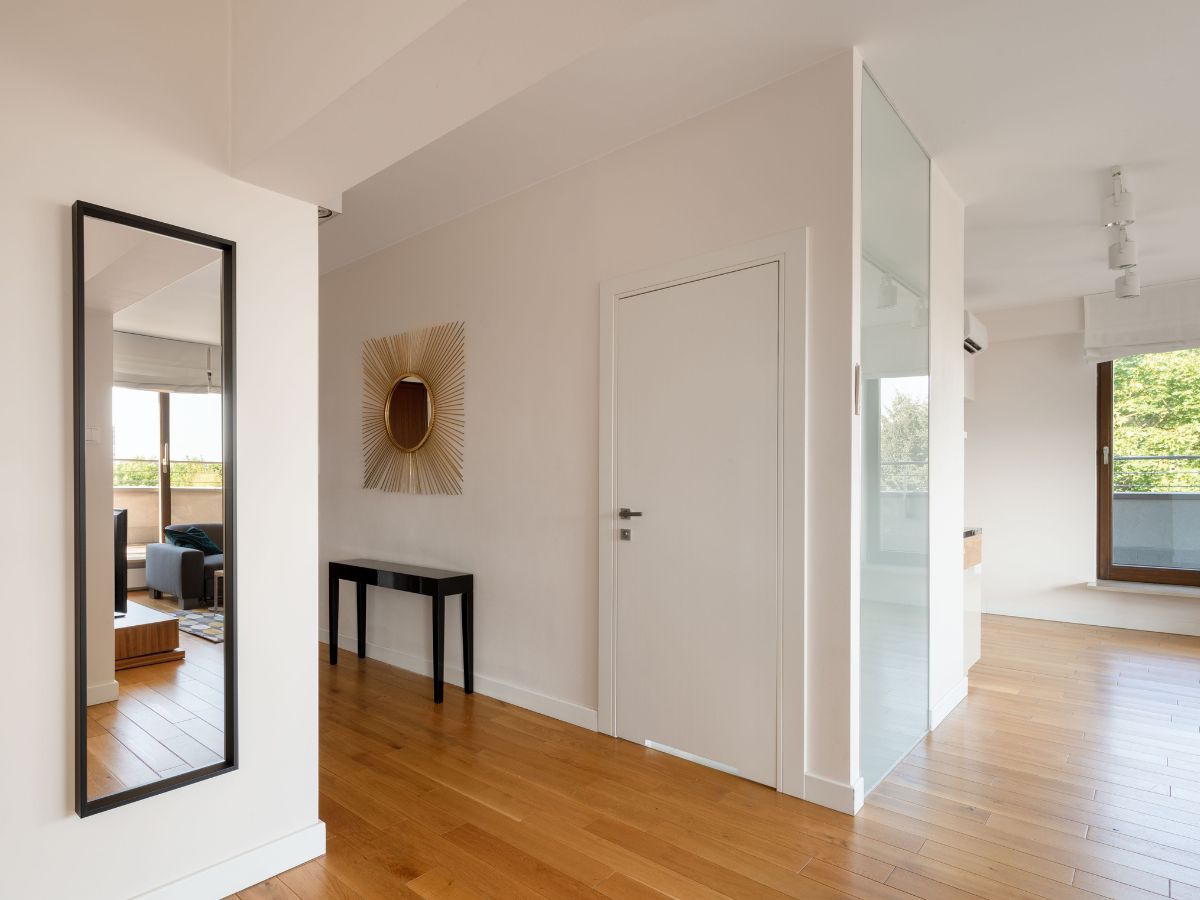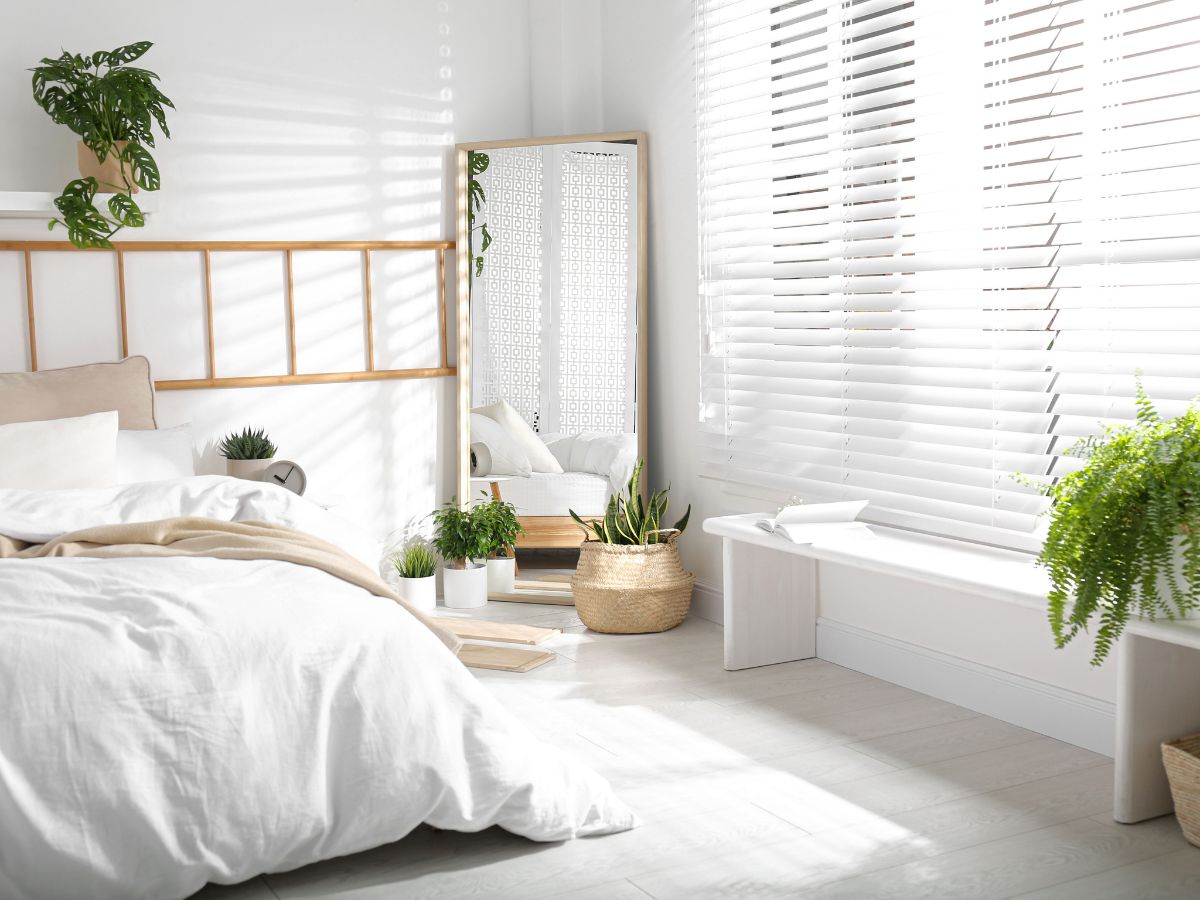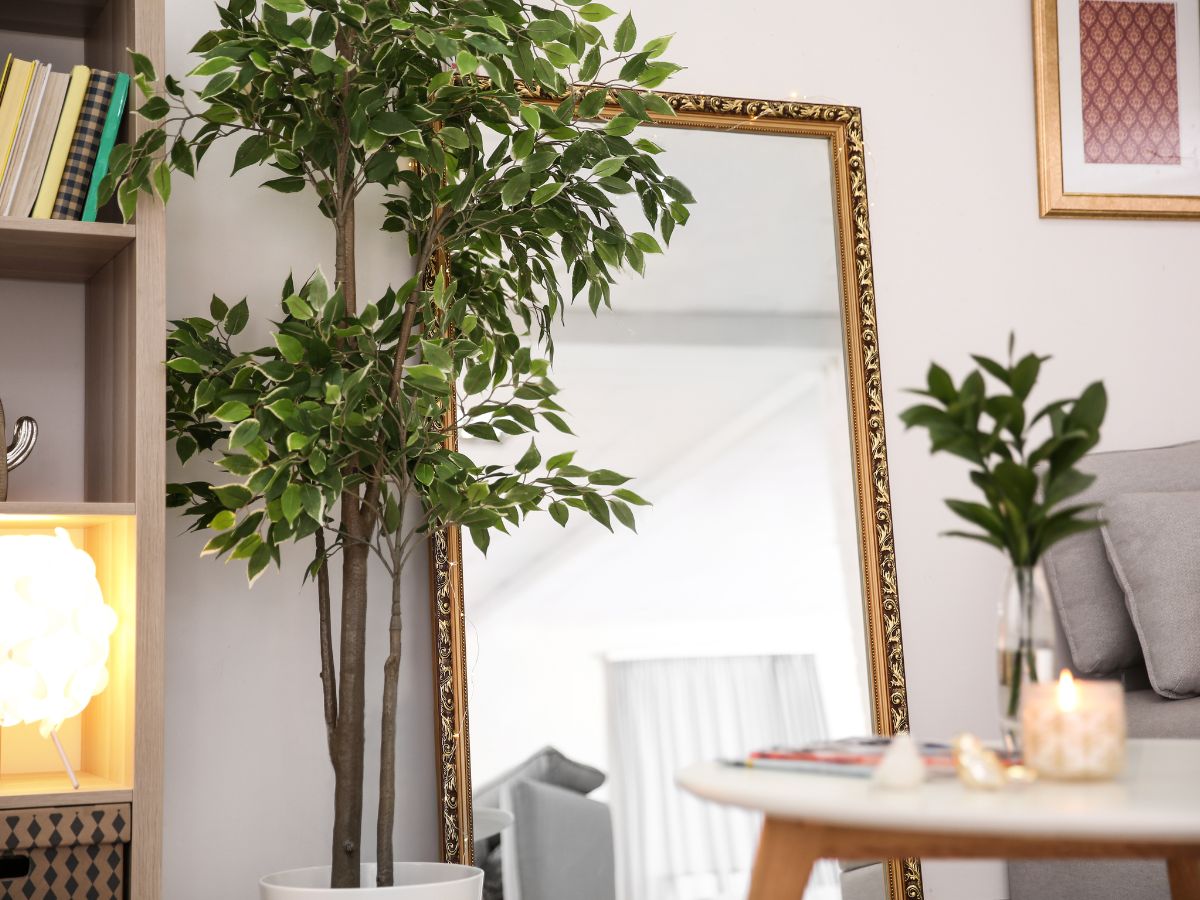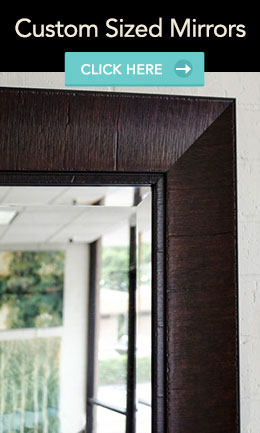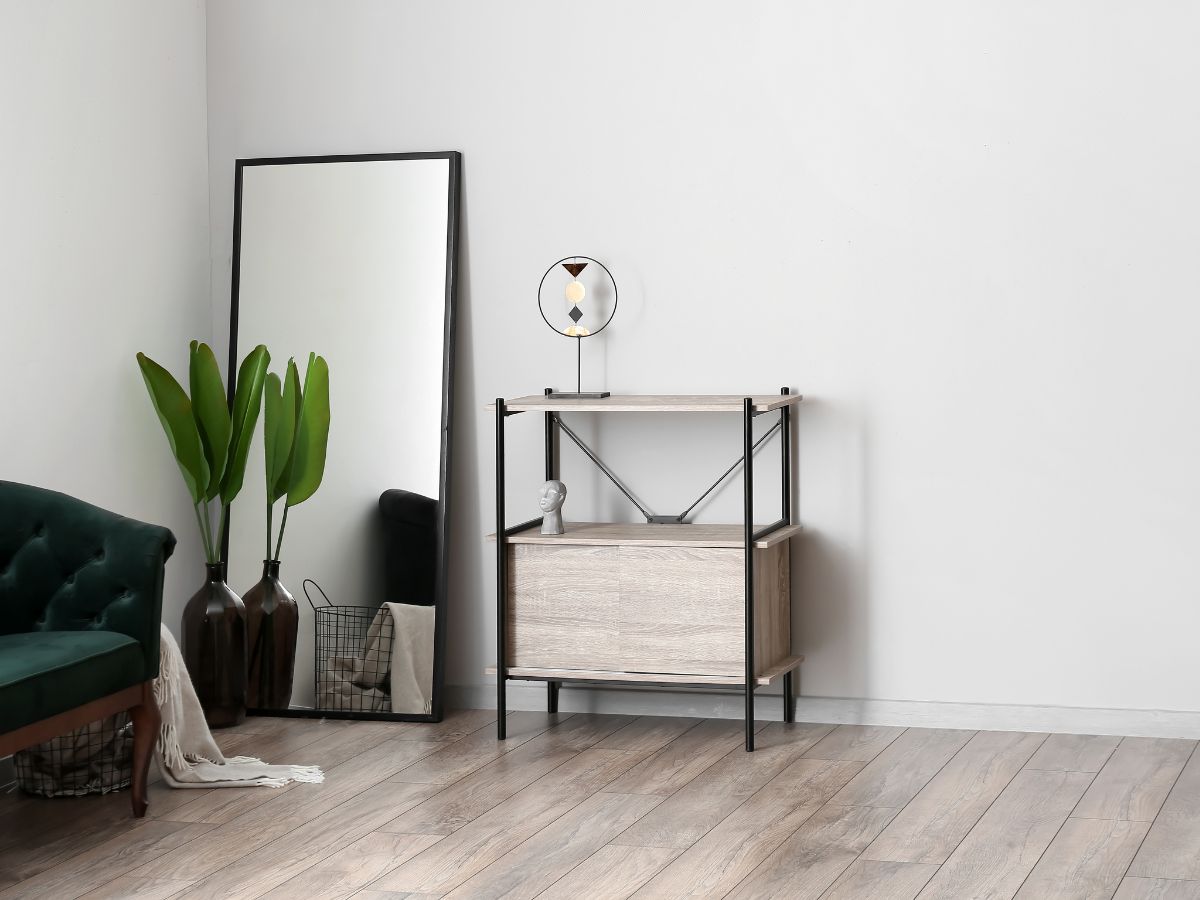
How to Use Custom Mirrors to Expand Your Home
Mirrors are more than decorative pieces because they’re transformative tools that interior designers and remodeling pros rely on to make tiny spaces feel spacious, airy, and luxurious. With a few thoughtful tricks, mirrors can brighten rooms, reflect views, and even hide awkward architectural features. Here’s how to use them like a pro.
1. Reflect Natural Light and Views
The simplest trick: place a large, custom-sized rectangular mirror opposite a window. The mirror bounces daylight and outside scenery into the room, doubling brightness and expanding depth. This is especially effective in living rooms, entryways, and home offices.
2. Use Oversized or Floor Mirrors
Big mirrors like floor-to-ceiling or oversized wall panels give the illusion of extra space. Designers suggest leaners or wall-mounted options that stretch toward the ceiling to elongate vertical sightlines. Even angled leaning mirrors in corners wake up dark areas by reflecting hidden light.
3. Use Mirror Walls or Grids
For a bold statement and maximum visual impact, grid-style mirror walls are unbeatable. They mimic windows and break boundaries between real space and reflection. Historic estates and modern flats alike have embraced this trend—it’s making a comeback. You can also hang several smaller mirrors with consistent frames to create the same effect at lower cost.
4. Disguise Awkward Architecture
Mirrors aren’t just for show—they solve layout issues. Columns, bulkheads, or redundant doorways can fade into the background when clad or accentuated with mirrored surfaces. Reflections around these features create depth and turn problem spots into design highlights.
5. Lean on Mirror Furniture & Accents
Mirror panels, doors, and even furniture like mirrored cabinets or sideboards reflect light subtly and extend spatial perception. These integrate functionality and sparkle without the need for large wall coverings.
6. Position Thoughtfully for Balance
Not all walls are created equal. Avoid placing mirrors opposite clutter or blank walls. Reflections should be attractive and purposeful. Instead, aim for artful groupings or views of greenery, fireplaces, or lighting fixtures. In bedrooms, avoid mirrors directly over or facing the bed both for design harmony and client comfort.
7. Customize to Fit Your Space
For maximum impact, use custom cut mirrors framed to match the room’s style. Sleek frames pair with modern minimalism, while wood frames warm up traditional interiors. Custom sizes eliminate sizing gaps and allow perfect placement over buffets, vanities, or narrow walls. This keeps the effect clean and intentional.
Mirrors are a no-renovation shortcut to spatial transformation. Used well, they light dark corners, double visual space, and turn small rooms into bright, welcoming areas. With custom sizing, smart placement, and thoughtful framing, mirrors become flexible design tools and not just reflections.
If you’re a designer, builder, or remodeler, consider mirrors one of your top go-to finishes for boosting small-space appeal. Partner with reliable mirror fabricators or framers such as MirrorLot to create smart mirror solutions tailored to your projects.
